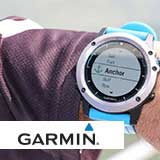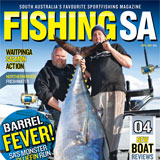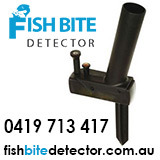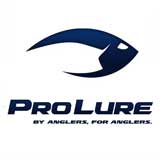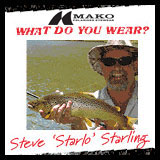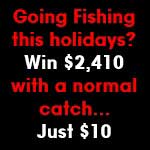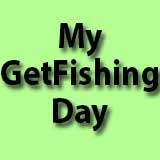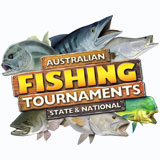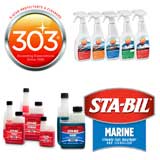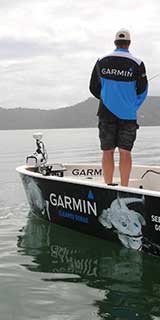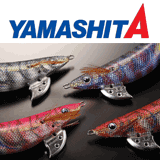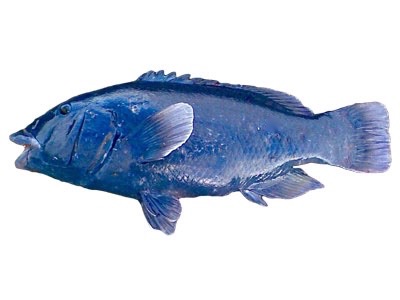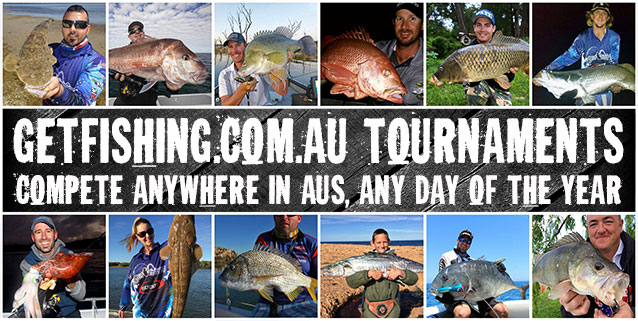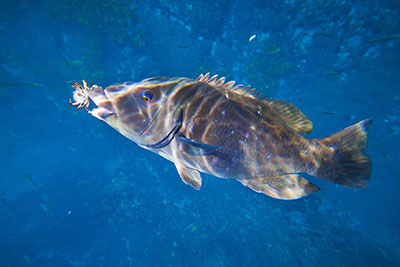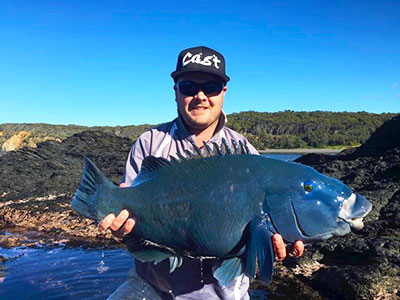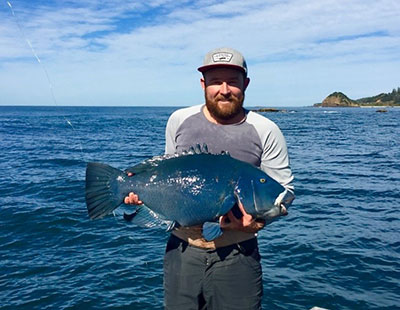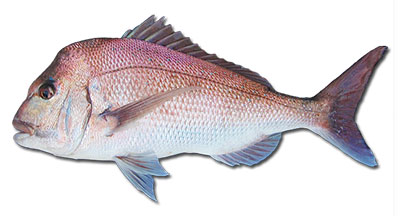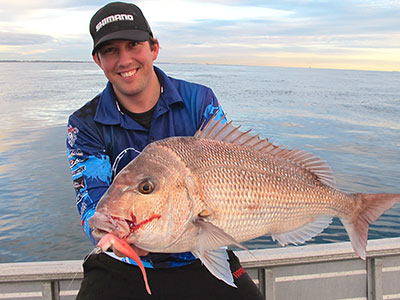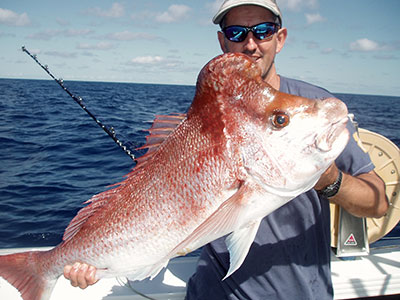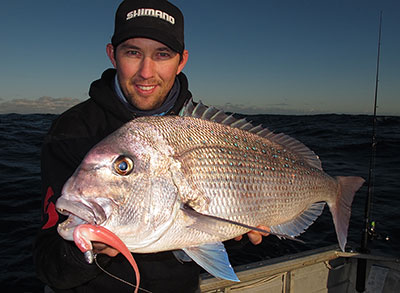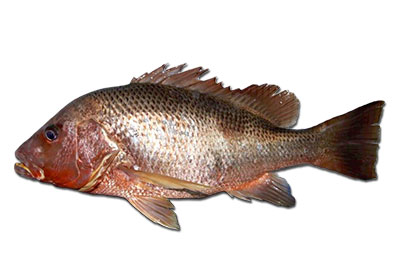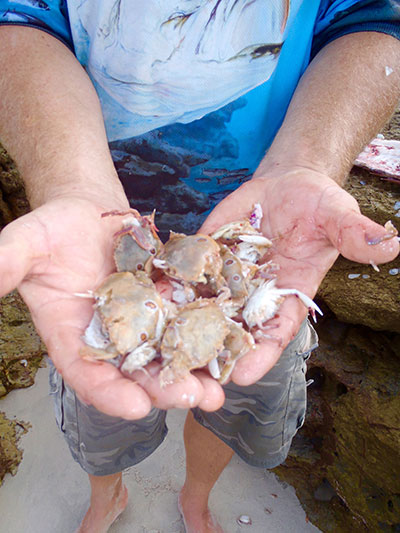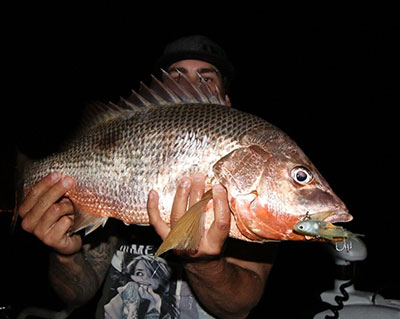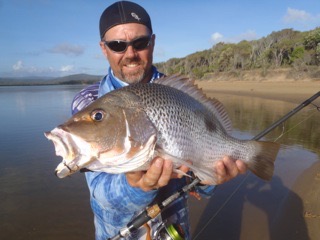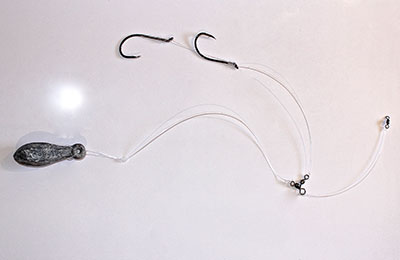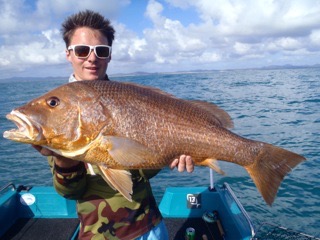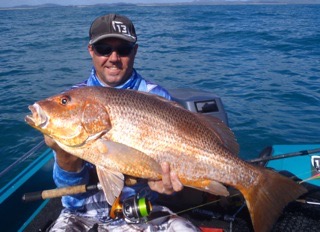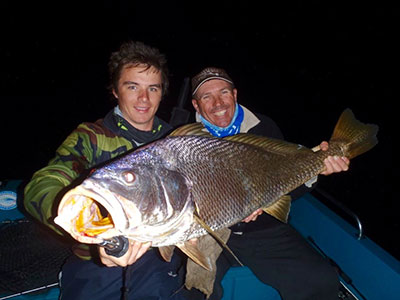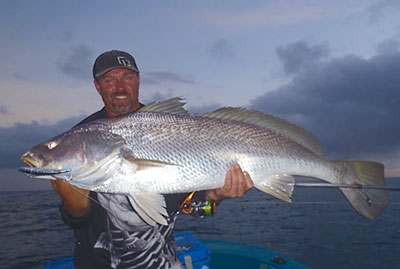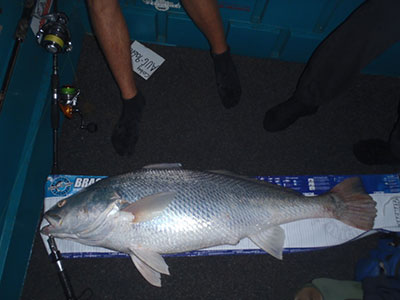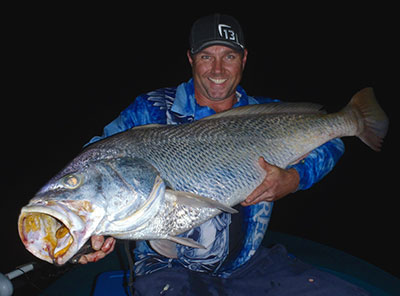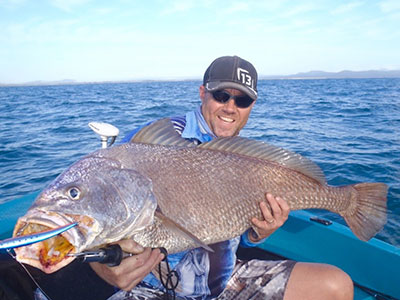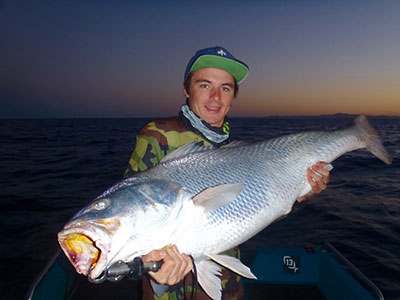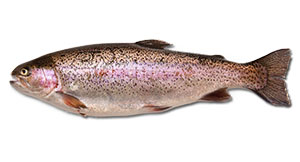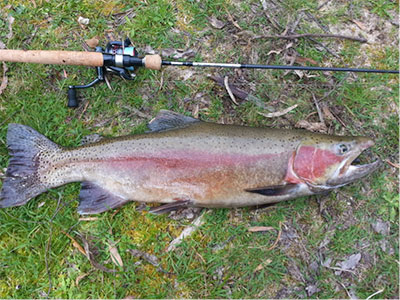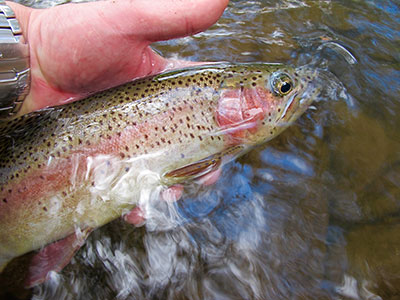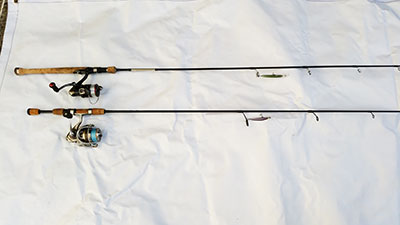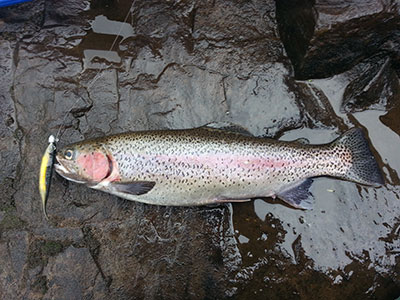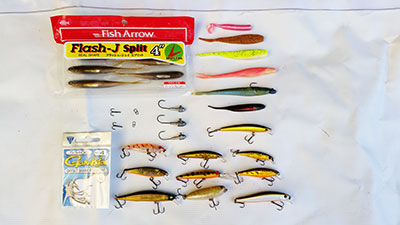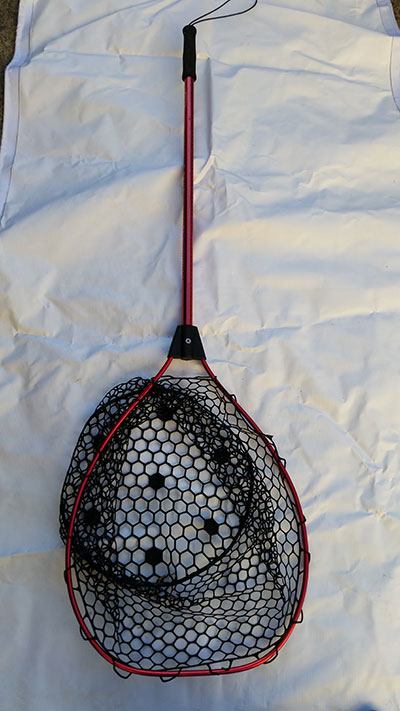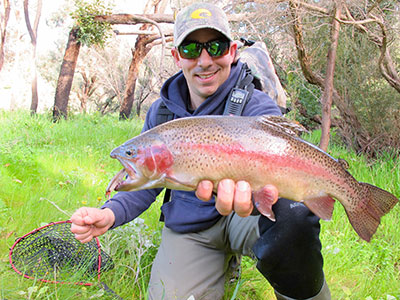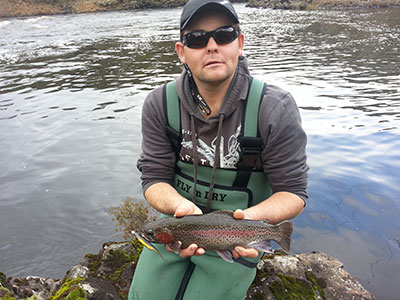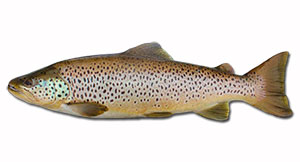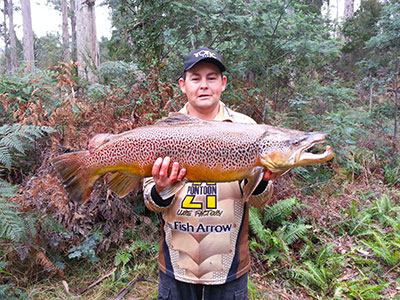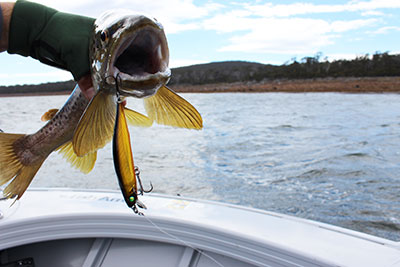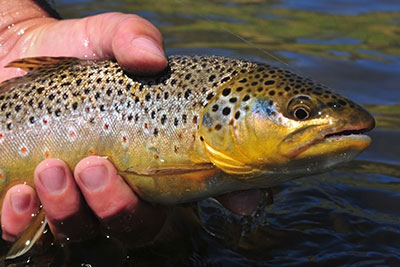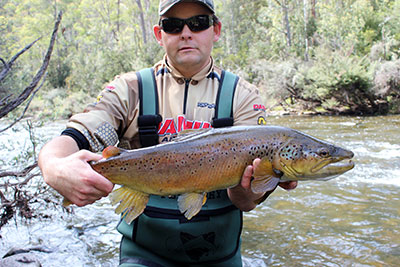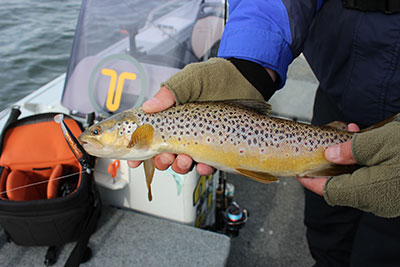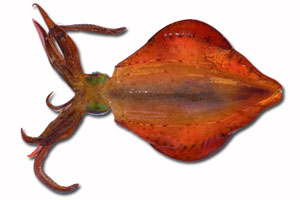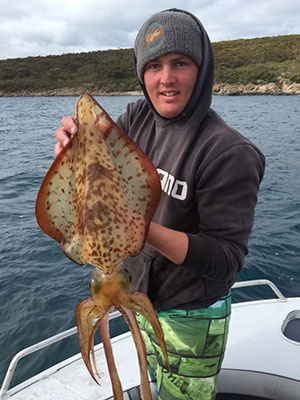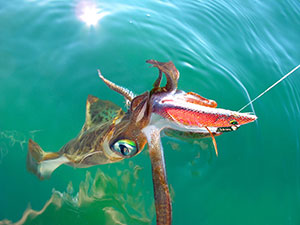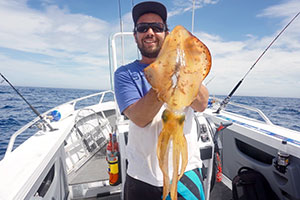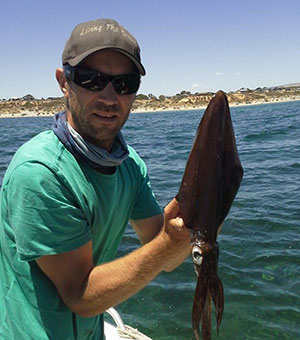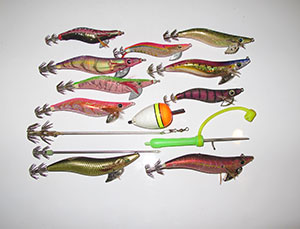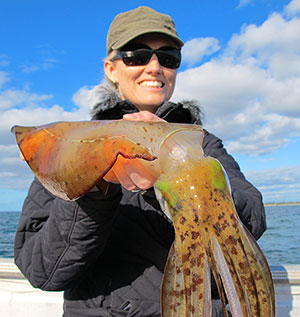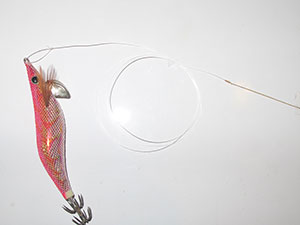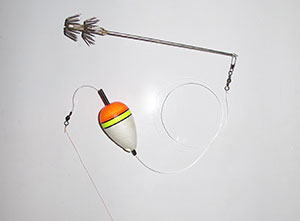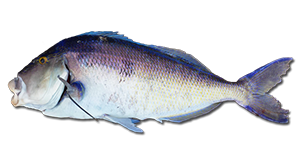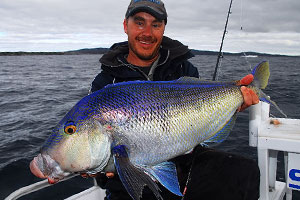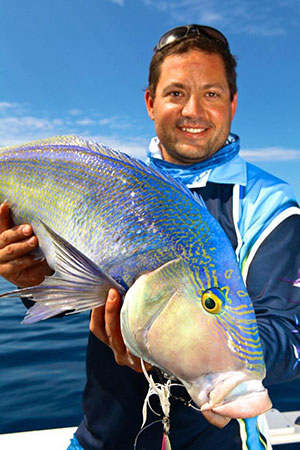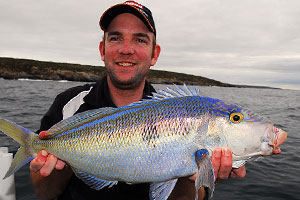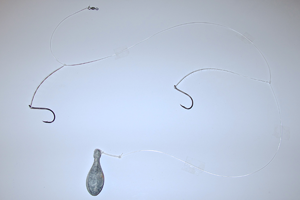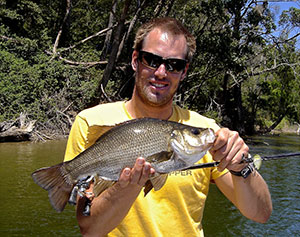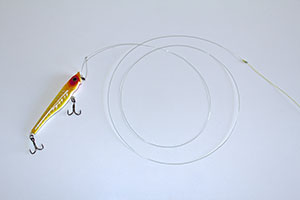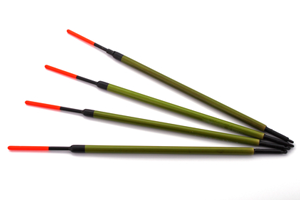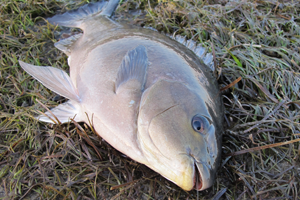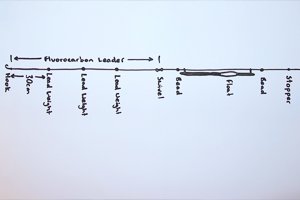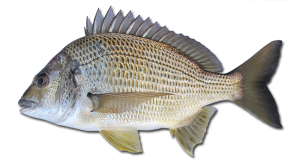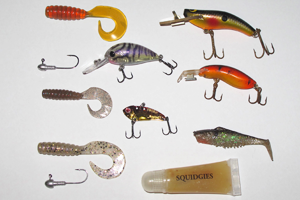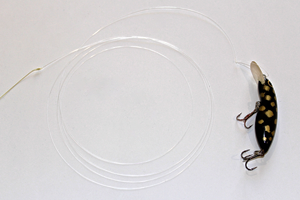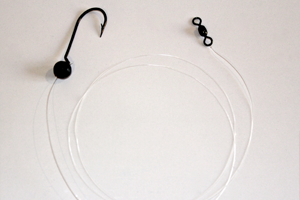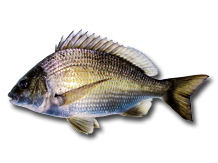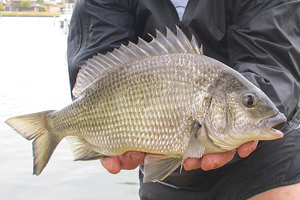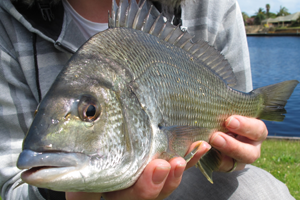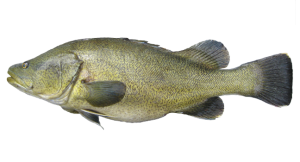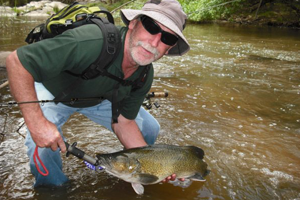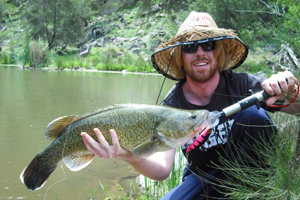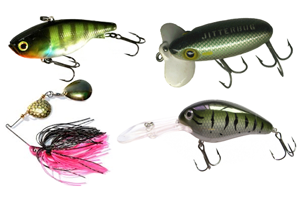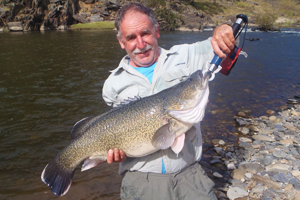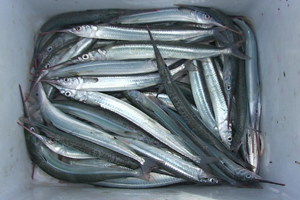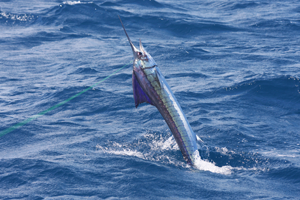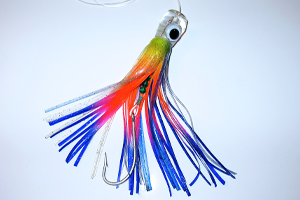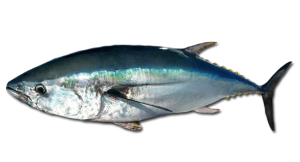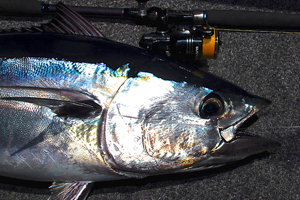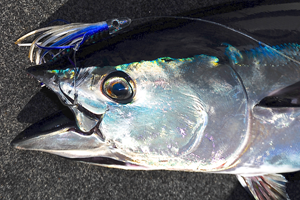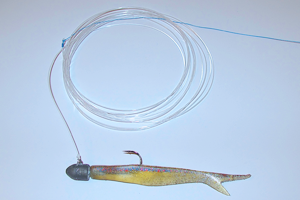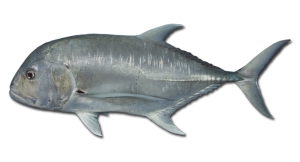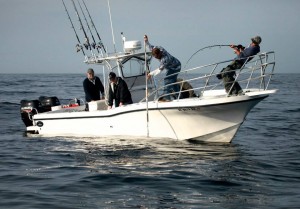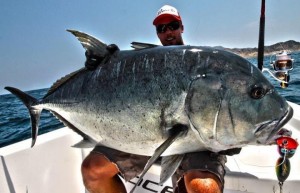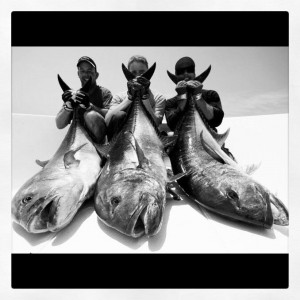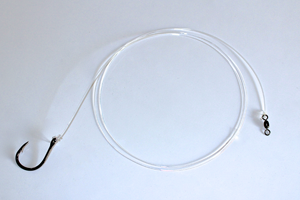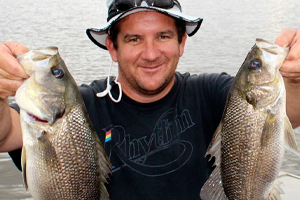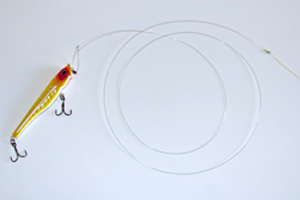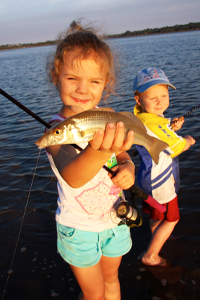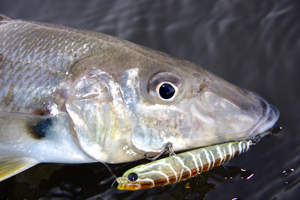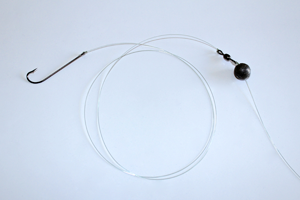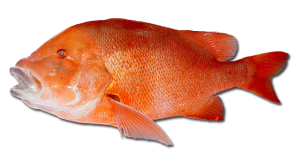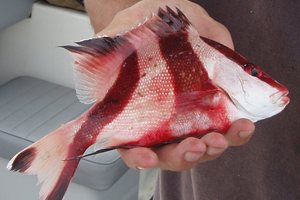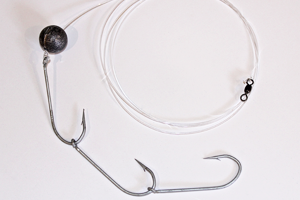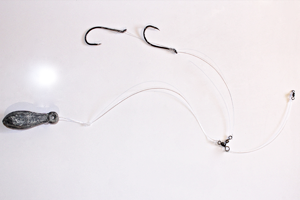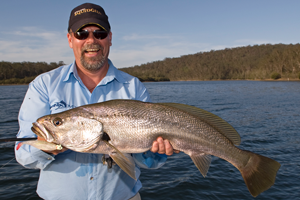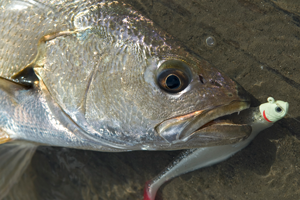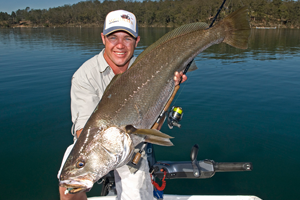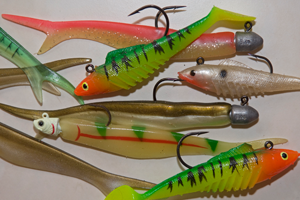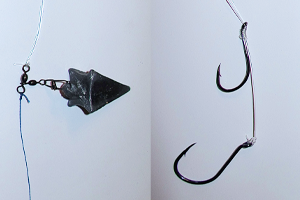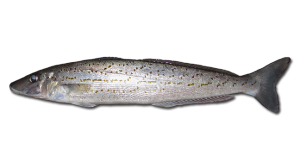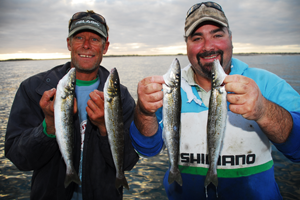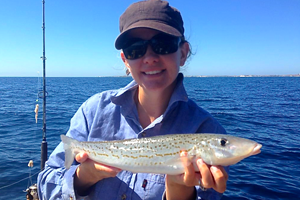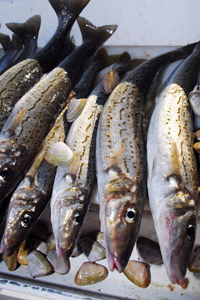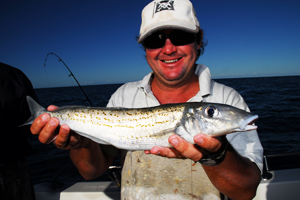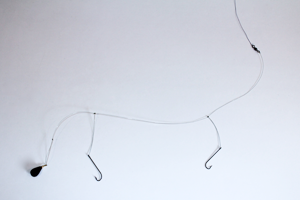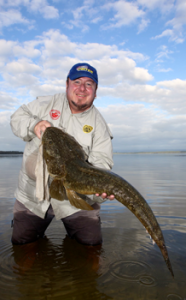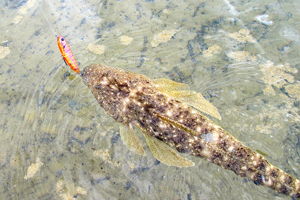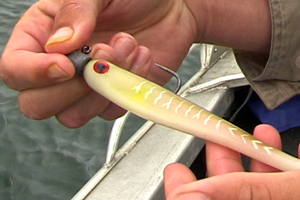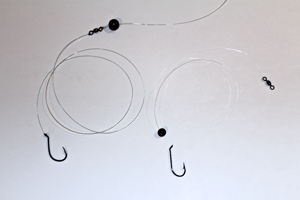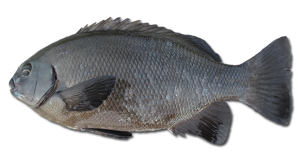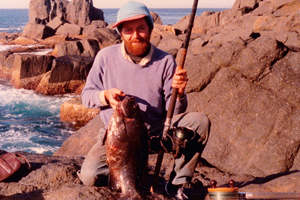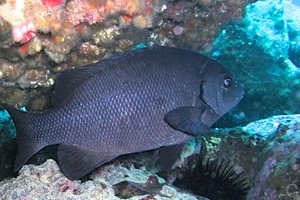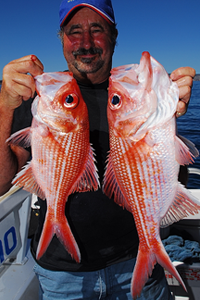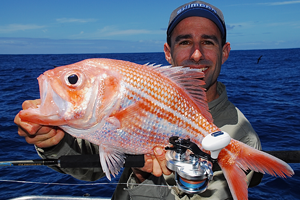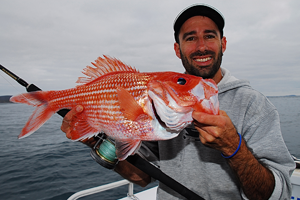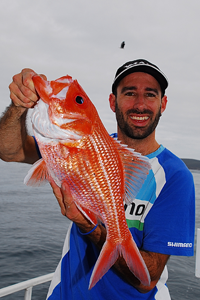How To Catch Eastern Blue Groper (Achoerodus viridis)
Where to fish
Eastern blue groper live along most rocky areas of the coastline from southern Queensland to Wilson’s Promontory, Victoria. Another closely related species the Western blue groper looks very similar and can be found from South Australia to southern Western Australia. The harder it is to access a set of rocks then generally the better the fishing is. They can be caught in depths between 1 and 30 meters.
The author Darrin ‘Wilso’ Clarke washing up a big blue onto the rocks.
How to target
Blue Groper have brutal power so quality gear is a must. In my opinion the best and safest time to chase these fish is at low tide in small swell. Low tide is the only time that you can catch red crabs which is their favorite food. The best sessions I’ve ever had have been in dead flat conditions with crystal clear water. I believe that they rely more on vision than smell as most of the things they eat are alive. The fish are usually in close to the edge of the rocks so there is no need for a big cast. The furthest you will need to cast would be 10 meters from the edge of the rocks.To bring the groper around try berleying with smashed sea urchins and crabs. Cast away from the edge of the rocks and allow your bait to sink to the bottom. Maintain direct contact with the bait. Groper have a distinctive hard bight. The will often knock at your bait a few times before taking the whole bait and moving off with it. When your rod loads up strike hard to set the hook and hang on for dear life. Fish a heavy drag, as much drag as you and your outfit can physically handle. The fight will generally be over within a minute or so if you are lucky enough to stay connected without being busted off on the rocks. Try and wash up your fish on a gentle ledge or use a landing net if you have one handy. Most groper anglerS prefer to catch and release, so if this is your intention try not to damage the fish on the rocks while landing it, removing the hook, photographing it or during release.
Short video of Wilso doing battle with a big blue off the rocks in northern NSW.
Tackle
There are many different styles of targeting blue groper. Some people use Alveys while others prefer quality threadlines or overhead reels loaded with heavy braid and heavy leader. Personally I use a TLD25 spooled with 60 to 80lb mono on a grunt filled fast taper rod (FSU6120). I use a Paternoster Rig with a 2 to 4 ounce snapper lead and a triple strength 5/0 to 8/0 suicide hook. Some people prefer a tiny sinker running straight to the hook (Running Sinker Rig). This method is good when using braid but very difficult to cast when using an overhead and heavy mono. The key is to fish heavy with your drag set so tight that line will only be pulled off the spool under maximum pressure.
Wilso cradling a big blue groper before release.
Bait
The red crab is the ultimate blue groper bait. The only way to get these is to get them yourself using either a crab spear and getting them out of rock pools and crevices near the low tide mark. Or you can just use your bare hands and feel through red weed patches. When you will feel the crab with your fingers just clamp your hand on it. You will get bitten but it doesn’t really hurt, and in my opinion this is the easiest method. Groper will take all other crabs that you can find along the rocks but red crabs are the best. They will also take cunjevoi, abalone, sea urchins, octopus/cuttlefish and if you can’t get any of these try whole raw or cooked king prawns as they work well too.
The best bait for blue groper is undoubtedly red crabs.
Hints and tips
If you are chasing a real rush the blue groper is easily one of the most powerful fish you will ever hook. The fight is a brutal tug of war that you often lose. Ive had rods snapped, reels ruined, hooks straightened and 80lb mono snapped as if it was nothing so I can’t stress enough the use of quality gear.
When baiting up I like to put a whole crab on plus a piece of crab. My theory behind this is the little pickers will come in an attack the piece of crab but wont be able to easily penetrate the whole crab. The groper will swim over to investigate all the commotion and then he finds a nice whole crab and eats it. A groper bite is very distinctive and powerful. It is very easy to tell the difference between the picker bites and the groper bite.
When your rod loads up strike hard – DON’T HOLD BACK! Most fish are lost in the first few seconds when you are trying to turn their head. Once they turn DON’T HOLD BACK! Do everything you can to keep it coming towards you. If the fish does out muscle you and makes it back into a hole they sometimes swim back out if you put your reel in free spool but not often. This is why the power you put into the hook up is so crucial. If you cant turn its head you have no hope. Get out there and have a go. They really get the adrenalin pumping.
Layton Brant with a lovely blue groper that narrowly missed out on first place in our July 2015 NSW tournament.
Catch And Release
I recommend that groper be released if possible. If it doesn’t look healthy put it into a rock pool to recover. If it still doesn’t recover then by all means keep it but whenever possible please release. They are slow growing and residential. When I first started chasing groper seriously about 25 years ago I single handedly wiped out my best spot of all big groper by keeping every fish I caught. The spot has fully recovered now and in the last 10 years there have been groper that I know that I’ve caught before. One has a healed spear wound that is easily recognisable and there is another that has an imperfection in its top fin. Catching those fish and releasing them again…. Honestly there is no better feeling.
Hari Corlis with his July 2015 NSW prize-winning groper.
Information courtesy of Get Fishing Tournament Member Darrin ‘Wilso’ Clarke’ from Budgewoi NSW and Department of Fisheries NSW. Photos courtesy of Darrin ‘Wilso’ Clarke’, Laytin Brant, Scott Lihou and Hari Corliss.

